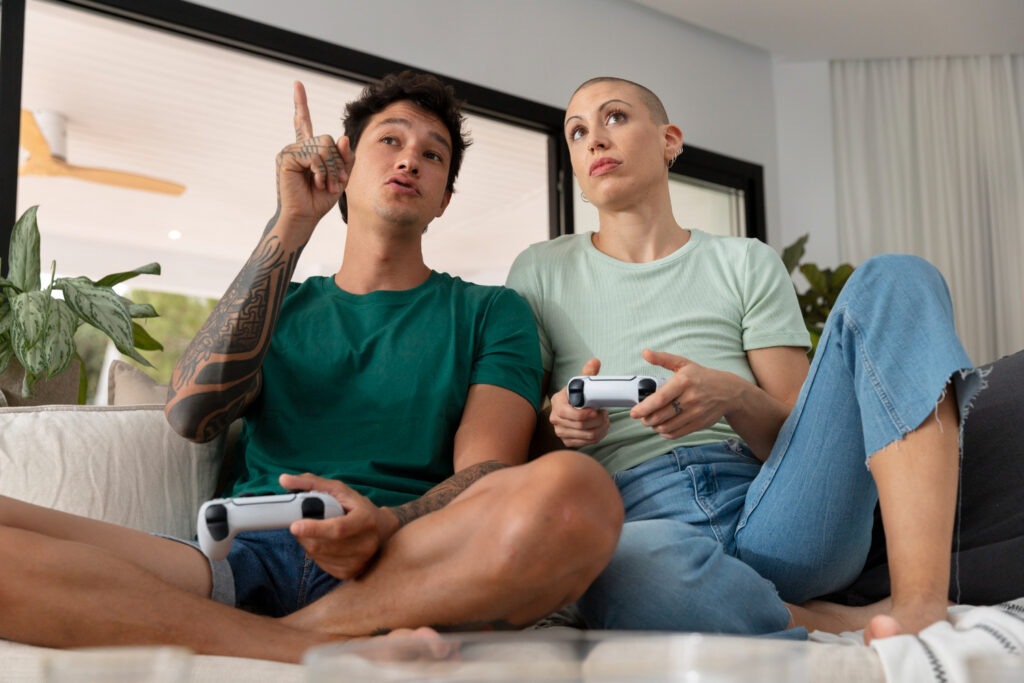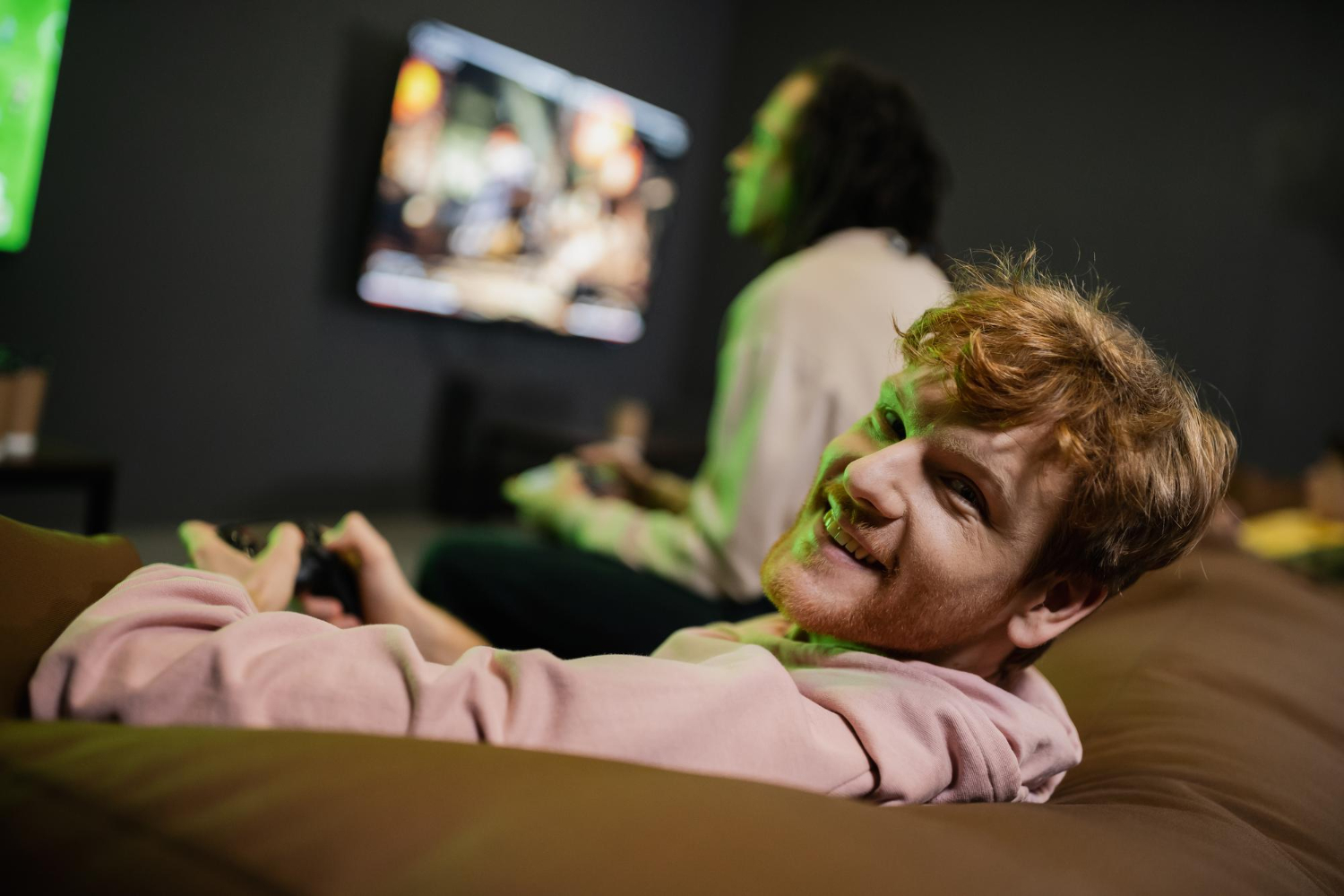You don’t need two televisions to get great movies and great gameplay; you need two profiles you can swap without thinking. One profile should make your TV behave like a responsive, low-lag monitor whenever a console is active. The other should preserve film cadence and natural motion without the glossy soap-opera look. Set them up once, bind them to quick actions, and your living room can flip from cinema to controller, then back again, in seconds.
Set the stage with the right ports, formats, and names

Begin by moving the console to an HDMI port that supports high-bandwidth features such as 4K at 120 Hz, variable refresh rate, and auto low latency mode. Enable the port’s enhanced or HDMI 2.1 setting so the signal isn’t throttled. Put your streamer or Blu-ray player on a separate input where accurate 24p playback matters more than raw refresh. Rename the inputs so the TV applies the correct pipeline every time; calling the console input “Game” or “PC” usually unlocks full chroma sampling for crisp HUDs and turns off overscan so the image remains pixel-accurate. With the plumbing correct, the picture modes you select later will stick to the right device without surprises.
Build a low-lag game profile that feels like a monitor
Switch the console input to the TV’s dedicated Game mode and let auto low latency mode engage when the console wakes. Strip away processing that adds delay without helping a clean digital signal. Noise reduction, edge enhancement, dynamic contrast, live color boosts, and brand-specific sharpening all cost time; turn them off. Keep color temperature on the accurate, warmer side so skin tones don’t drift blue, and set sharpness near neutral to avoid halos around text. Leave motion interpolation off so the TV doesn’t fabricate frames, and be conservative with backlight scanning or black-frame insertion, which can flicker and clash with VRR. Whenever the game supports it, run at 120 Hz and enable VRR on both TV and console; higher native refresh reduces perceived blur and VRR smooths small frame-rate swings without inventing motion.
Calibrate HDR for games once and let the console drive highlights
For fast, faithful HDR, select HGIG or Game HDR so the television stops tone-mapping creatively and renders what the console expects. Immediately run the console’s HDR calibration and follow the prompts precisely, stopping when the test symbol just disappears rather than vanishing entirely. That keeps specular detail while preserving low latency. Avoid dynamic contrast and per-frame brightness tricks in Game mode; they can pump dark scenes and add processing. Confirm the console is outputting 10-bit color and that the TV is receiving the expected chroma format at your chosen refresh. If UI text looks fringed, revisit the input label and enhanced-port setting to restore full chroma.
Create a film profile that preserves cadence without soap-opera glare
On the streamer or disc input, choose Filmmaker or Cinema mode to disable demo-floor gimmicks and aim for accuracy. Keep motion interpolation off so 24p camera movement looks like camera movement. If your TV splits motion controls, leave de-judder at zero to preserve cadence and use only a whisper of de-blur if bright sports benefit from extra clarity. Black-frame insertion can improve motion resolution but reduces brightness and may flicker; try the lowest level and abandon it if eye strain appears. Set the white point to a warm, accurate preset so skin and daylight look right, and allow local dimming at a moderate strength to deepen blacks without chasing on-screen UI. If your streaming box offers frame-rate and dynamic-range matching, enable both so films arrive as native 24p and HDR titles trigger the correct mode automatically.
Make switching truly one-press so you actually use these modes
Let the television do the flipping for you wherever possible. Auto Low Latency Mode should drop the console input into Game the moment it wakes, while HDMI-CEC can push the TV to the correct input when you power on a device. Turn off any vendor “auto picture” gimmicks that override your choices. Pin picture mode, motion, and the gaming optimizer panel to the quick settings so you can see refresh rate, VRR state, and black level at a glance. If your remote supports shortcuts, map a button to toggle between Game and Filmmaker. Once the swap is muscle memory, you’ll stop second-guessing settings and simply sit down to play or watch.
Keep audio in sync and banish hidden lag gremlins
Treat sound as a bypass rather than a buffer. If you use a soundbar or receiver, enable eARC and set the TV to passthrough or bitstream so decoding happens downstream without extra delay. Disable virtual surround and dialogue enhancement during gameplay; they are useful for movies but often add audible buffering. Auto lip-sync can help when devices agree, but if you still hear delay, set the console’s audio delay to zero and adjust at the AVR instead. In the background, turn off ambient light sensors and eco brightness algorithms that sample frames, disable film or cadence detection in Game mode, and keep overscan off so the panel isn’t scaling needlessly. If local dimming has a separate control in Game, prefer a low or medium setting so the algorithm doesn’t pump around HUDs. With a clean audio path and no hidden processing, triggers, parries, and on-beat jumps line up with your hands, while films keep their intended rhythm and contrast without glossy smoothing.
Verify with real scenes and save your finals

Menus can mislead, so test with moments that make problems obvious. A rhythm cue or tight parry window should feel immediate in games. A slow pan or credits crawl should look like a camera moving through space, not gliding. HDR should hold highlight detail in neon signs and sun glints without lifting blacks. Adjust one control at a time, then save the profiles to their inputs and jot down the final values somewhere you can find after a reset. From then on, film night or console night becomes a single, confident press rather than a hunt through settings.




Leave a Reply